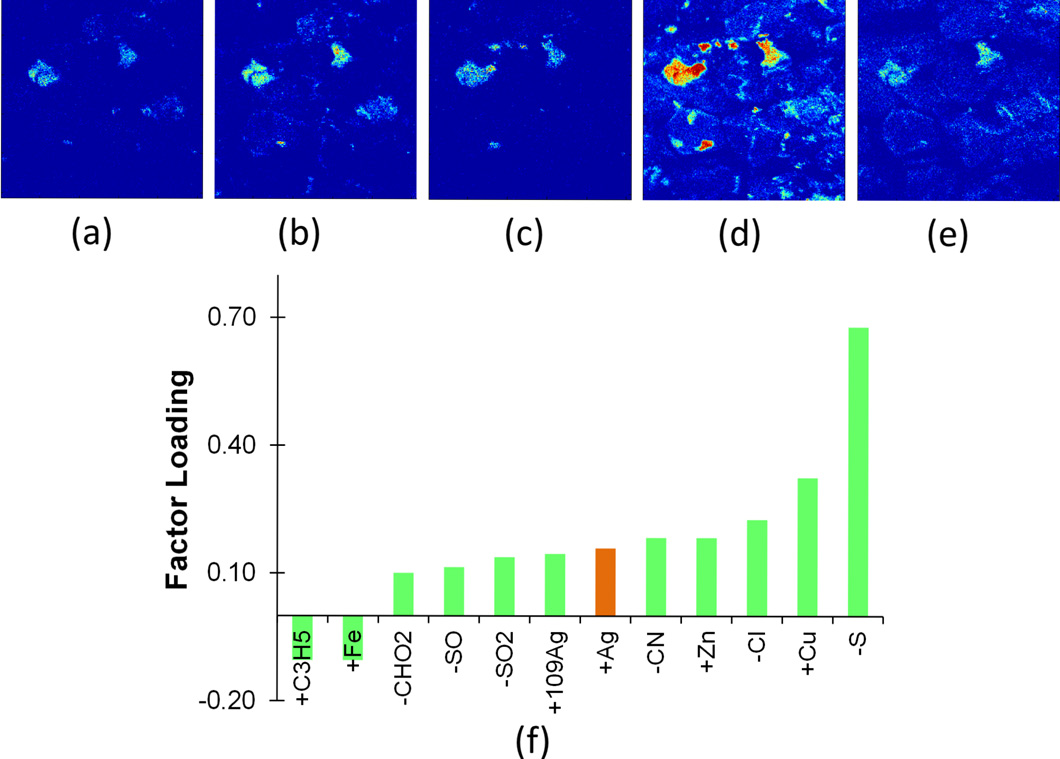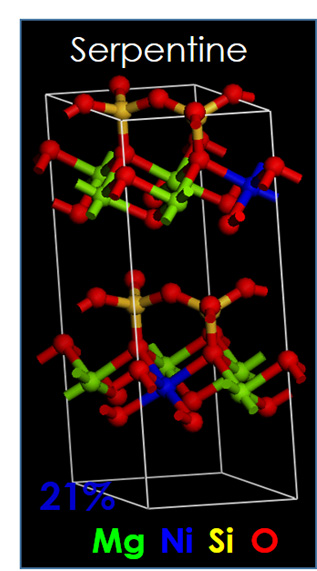| |
HOME
|
| |
ACID AND METALLIFEROUS MINE DRAINAGE
|
| |
MINERALS PROCESSING
|
| |
CONTACT
|
|
|
|
| MINERALS PROCESSING TECHNIQUES |
|
SOLUTION ASSAYS of the pulp can be used to model potentially interfering precipitates and adsorbing species that may have changed due to ROM or processing changes.
QEMSCAN or MLA is normally used for mineralogical analyses. but do not separate crystalline from amorphous phases, identify different mineral structures with the same composition (e.g. sphalerite, wurtzite) or different elemental substitution and are practically limited to >5 µm particles. In our approach, this data is compared with QUANTITATIVE RIETVELD XRD (crystalline phases) and bulk assay for complete information.
EDTA CHEMICAL EXTRACTION is used to identify changes in ore oxidation (e.g. oxidised zone, longer-term stockpiling) and the presence in solution of reactive metal ion species, particularly in flotation where Cu, Pb, Ag are likely to induce inadvertent activation of gangue minerals after collector addition.
SCANNNING ELECTRON MICROSCOPY in different imaging modes with energy dispersive spectroscopy analysis provides direct observation, not available from standard QEMSCAN or MLA imaging, of surface interference by attachment of hydrophilic particles.
|

Contrasting scale morphologies from Bayer plant heat exchangers. |
|
X-RAY PHOTOELECTRON SPECTROSCOPY AND TIME OF FLIGHT SECONDARY ION MASS SPECTROMETRY
are now used to specifically define the chemical species (including reaction products, adsorbed species, activators, collectors) their spatial distributions and their statistical distributions on the same mineral between feed, concentrate and tail or between successive leach, digestion or precipitation samples.
|
 |
ToF-SIMS image (250 × 250 µm) of (a) Ag, (b) Cu, (c) Zn, (d) S and (e) CN. (f) Graph of factor loadings for Principal Component 2 for this area of ToF-SIMS data showing clear statistical correlation of Ag to CN, as  well as Cu, Zn and S, suggesting flotation depression of these value components (Figure 7 from Minerals 3(1):1-15, 2013, DOI: 10.3390/min3010001). well as Cu, Zn and S, suggesting flotation depression of these value components (Figure 7 from Minerals 3(1):1-15, 2013, DOI: 10.3390/min3010001).
MICRO-DIFFRACTION AND SYNCHROTRON ANALYSIS combining mineral phase, composition and atomic structure can specifically locate REE and PGM elements in feeds and processing products for optimal recovery.
Quantitative analysis of lateritic Ni using synchrotron techniques
|
|